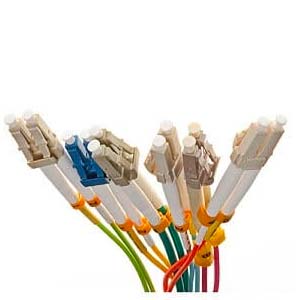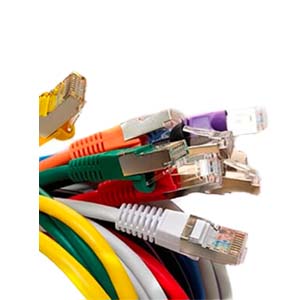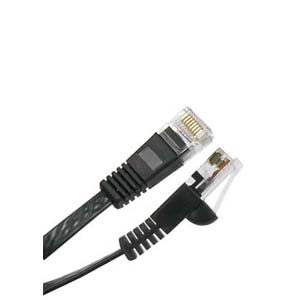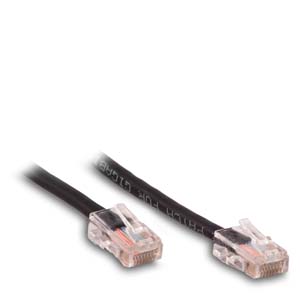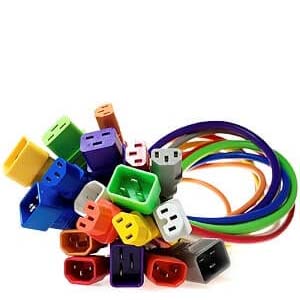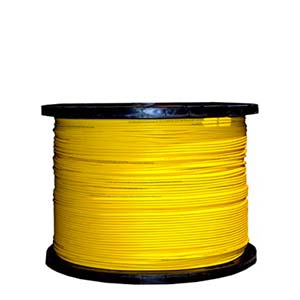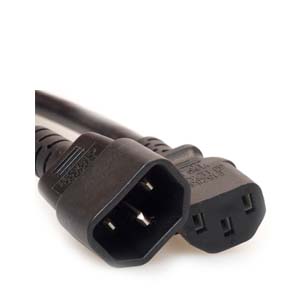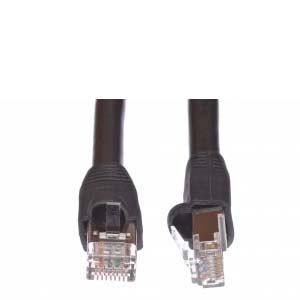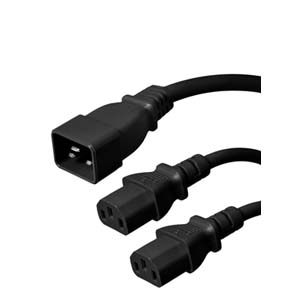Cables Blog
Complete Guide: Choosing Outdoor-Rated Cables
Complete Guide: Choosing Outdoor-Rated Cables | Cables.com
by Vikas Dayal • April 08, 2025
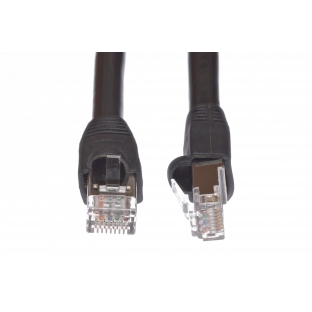
Choosing Outdoor Cables: A Comprehensive Guide for Ethernet and Electrical Use
For homeowners, network installers, and DIY enthusiasts, selecting the right outdoor cables is crucial for ensuring long-lasting, efficient installations. Whether you're setting up outdoor electrical systems or network connections, understanding the various types of cables and their specific applications can prevent costly mistakes and improve performance. This guide will navigate you through everything you need to know about outdoor cables, including Ethernet and electrical cables, their installation methodologies, and how to determine their suitability for outdoor use.
Understanding the Need for Special Outdoor Cables
Outdoor environments expose cables to elements like UV radiation, moisture, and temperature fluctuations, which aren't typical for indoor setups. Therefore, special characteristics are essential to withstand these factors. Opting for specifically designed outdoor cables ensures durability and reliability in harsh conditions.
Outdoor Ethernet Cables
Yes, there are special Ethernet cables for outdoor use. Outdoor-rated Ethernet cables are designed with protective jackets and shielding to withstand environmental factors. They are typically waterproof, UV-resistant, and sometimes offer direct burial capabilities for underground installations.
Outdoor Electrical Cables
Outdoor electrical wires are crafted to resist moisture, sunlight, and temperature extremes. Types like UF-B (Underground Feeder) cables are common for outdoor use as they can be buried directly without additional conduit, provided they are rated for direct burial.
Types of Outdoor Cables and Their Characteristics
There is a variety of outdoor cables, each suited for different purposes. Understanding their features and functionalities will help you select the appropriate type for your project.
Categorizing Ethernet Cables for Outdoor Use
- Cat5e and Cat6: While Cat5e is more economical, Cat6 provides better speeds and stability for outdoor needs. Both can be found in outdoor-rated versions.
- Shielded vs. Unshielded: Shielded cables offer protection against electromagnetic interference, making them suitable for areas with potential signal disruptions.
- Direct Burial: These cables are designed for installation directly in the ground, resistant to both moisture and temperature extremes.
- UF-B Cable: A common choice for underground installations without conduit.
- THHN/THWN: Suitable for outdoor applications when run in conduits, resistant to heat and moisture.
- Low-voltage Wiring: Used for garden lighting, typically requiring protective conduits for enhanced durability.
Installation Considerations for Outdoor Cables
Proper installation is vital to maximizing the lifespan and effectiveness of outdoor cables. Here are some general guidelines and safety considerations.
Conduit Use and Installation
While many outdoor cables are rated for direct burial or exposed runs, using conduit can add an extra layer of protection. Conduits help prevent physical damage and erosion from soil movements, moisture ingress, and rodent activity.
Protecting Outdoor Ethernet Installations
Using UV-resistant coatings or installing cables in shaded areas can prevent degradation due to sunlight exposure. Adequate sealing at connection points ensures moisture and contaminants cannot compromise the connections.
Identifying Outdoor-Rated Cables
Your ability to determine whether a cable is suitably rated for outdoor use can be the difference between successful installation and frequent maintenance. Pay attention to these distinguishing markers.
Labeling and Certification
Outdoor-rated cables typically carry specific labeling such as "UV-resistant," "direct burial," or "outdoor-rated." Certification marks like UL can also indicate adherence to necessary durability standards.
Material Composition
Outdoor cables often employ robust materials like polyethylene for their jackets to resist UV rays and mechanical damage. An extra layer of sheathing or shielding might indicate advanced resistance capabilities.
Answering Common Questions About Outdoor Cables
It's common to have questions about the specific requirements and expectations surrounding outdoor cable installations. Let’s address some of the frequently asked questions:
Is a Special Ethernet Cable Required for Outdoor Use?
Yes, you need an outdoor-rated Ethernet cable. These cables feature developed outer jackets that can resist environmental threats and are designed to prevent signal degradation in harsh conditions.
How Can I Tell if My Cable is Outdoor-Rated?
Look for marked specifications like "UV-resistant," "direct burial," or "weatherproof." These notations confirm that the cable can operate effectively in outdoor conditions.
Does Outdoor Ethernet Cable Require a Conduit?
While conduits are not mandatory for all outdoor-rated cables, they can provide additional protection. In ground installations, particularly in mechanically active or heavily trafficked areas, conduits can be beneficial in extending cable longevity.
Conclusion: Selecting the Right Outdoor Cables for Your Needs
Selecting the correct outdoor cable involves understanding the environmental context and the specific application requirements. Whether it's for network installations or electrical purposes, prioritize cables with durability features and appropriate ratings for your conditions. With the right selections and proper installation, outdoor cables can offer long-term reliability and performance.


